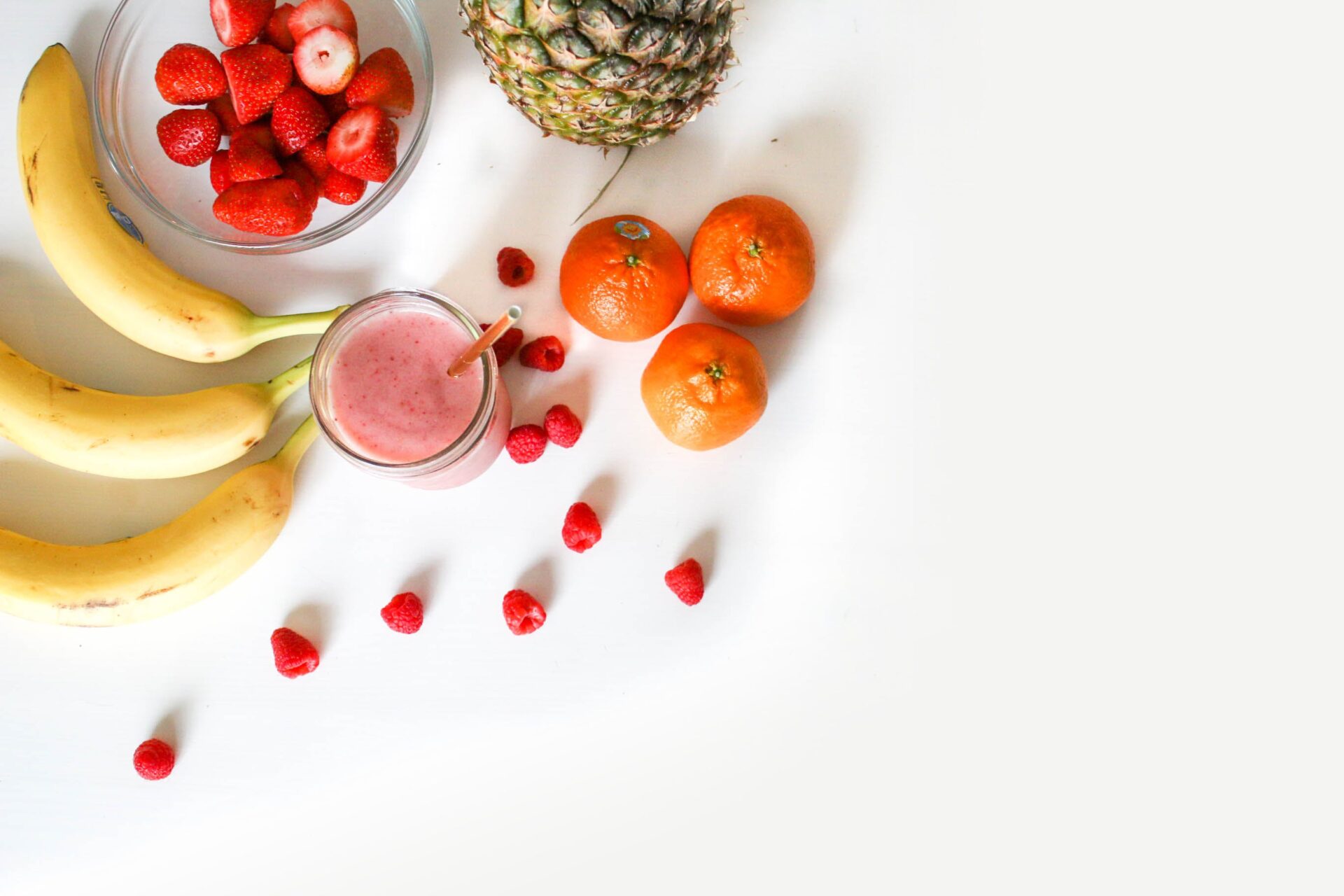Strawberries are one of the most popular fruits to grow in the garden, and they are a great choice for a beginner gardener. With their sweet flavor and beautiful blooms, it’s easy to see why so many people enjoy growing them. But what should you plant after strawberries? Depending on your climate and growing conditions, there are a variety of options that can be planted after strawberries to maximize your garden’s yield. In this article, we’ll explore some of the best plants to follow up with after strawberries.After strawberries, you can plant a variety of vegetables, herbs, and other fruits. Some of the most popular options include tomatoes, peppers, cucumbers, squash, spinach, lettuce, eggplant, carrots, beans, onions, garlic, chives, basil, thyme, oregano, parsley and cilantro. You can also plant other berry varieties such as raspberries and blackberries.
Soil Preparation
When planting strawberries, soil preparation is an essential step. The soil should be well-drained and neutral in pH, with a pH range of 6.0 to 6.5 being optimal. Amend the soil to improve drainage if necessary and add compost or aged manure to enhance the soil’s nutrient content. Strawberries require full sun to produce an abundant crop of sweet fruits, so choose a location that receives at least 8 hours of direct sunlight each day.
Variety Selection
The type of strawberry you choose will depend on your climate and personal preferences. June-bearing varieties produce a single large crop in the spring, while everbearing varieties produce two or three crops throughout the growing season. Day-neutral varieties can produce fruit all season long in mild climates. Consider disease resistance when selecting a variety; some cultivars are resistant to common diseases such as red stele root rot or verticillium wilt.
Spacing & Planting
Strawberries should be planted 12 inches apart in rows that are 3 feet apart. Plant each strawberry with its roots spread out and crown (where leaves emerge) just above soil level. Water the plants immediately after planting and keep them moist until they become established.
Fertilizer & Mulching
Fertilize the plants with a balanced 10-10-10 fertilizer after they become established, but before they begin flowering for best results. Mulch around plants with straw, hay or grass clippings to help retain moisture and keep weeds at bay.
Pruning & Disbudding
Pruning strawberry plants helps promote new growth and encourages larger fruit production. Prune off any runners (stems that grow out from the mother plant) that develop during the growing season; this will prevent overcrowding and allow more energy to be directed toward producing larger fruits rather than propagating new plants. Additionally, disbudding (removing flowers from young plants) can also help improve fruit size.
Harvesting & Dormancy Care
Harvest strawberries when they are fully red, ripe and plump for best flavor and sweetness; pick them early in the morning for best results as temperatures begin to rise later in the day which can cause berries to soften quickly after harvest. After harvesting, provide dormancy care by pulling up any remaining foliage after fruiting has stopped; this will help prevent disease organisms from overwintering in your strawberry patch.



